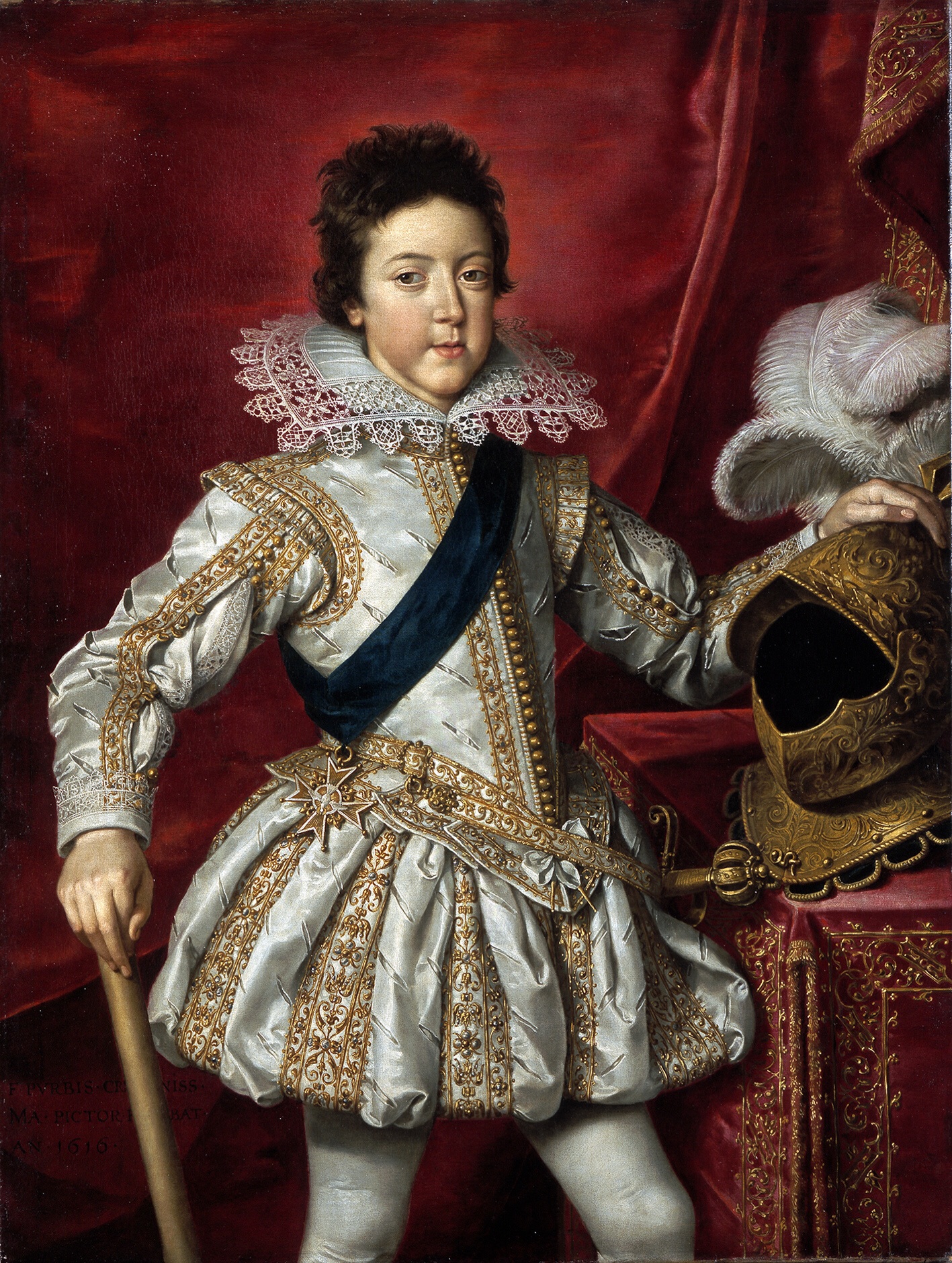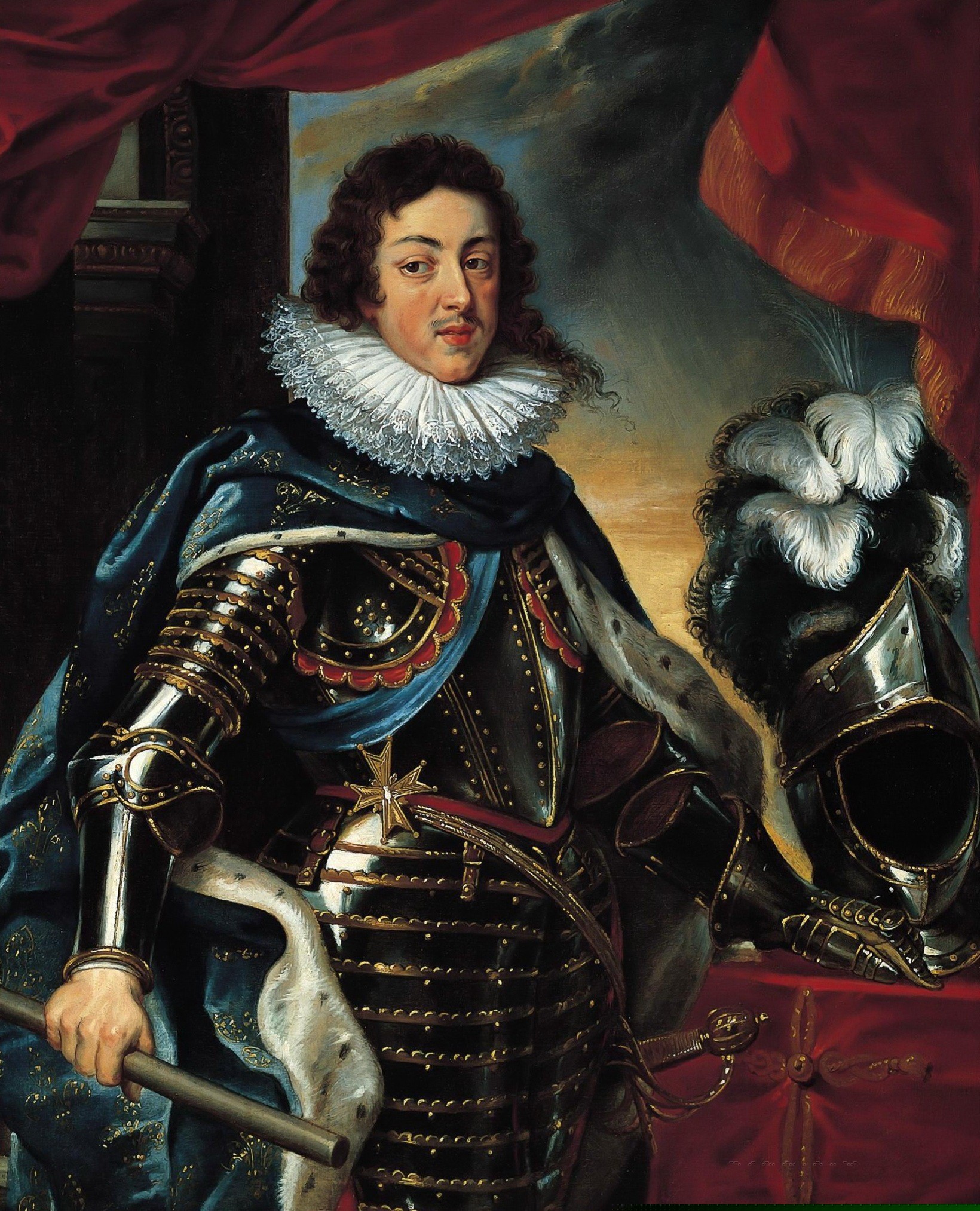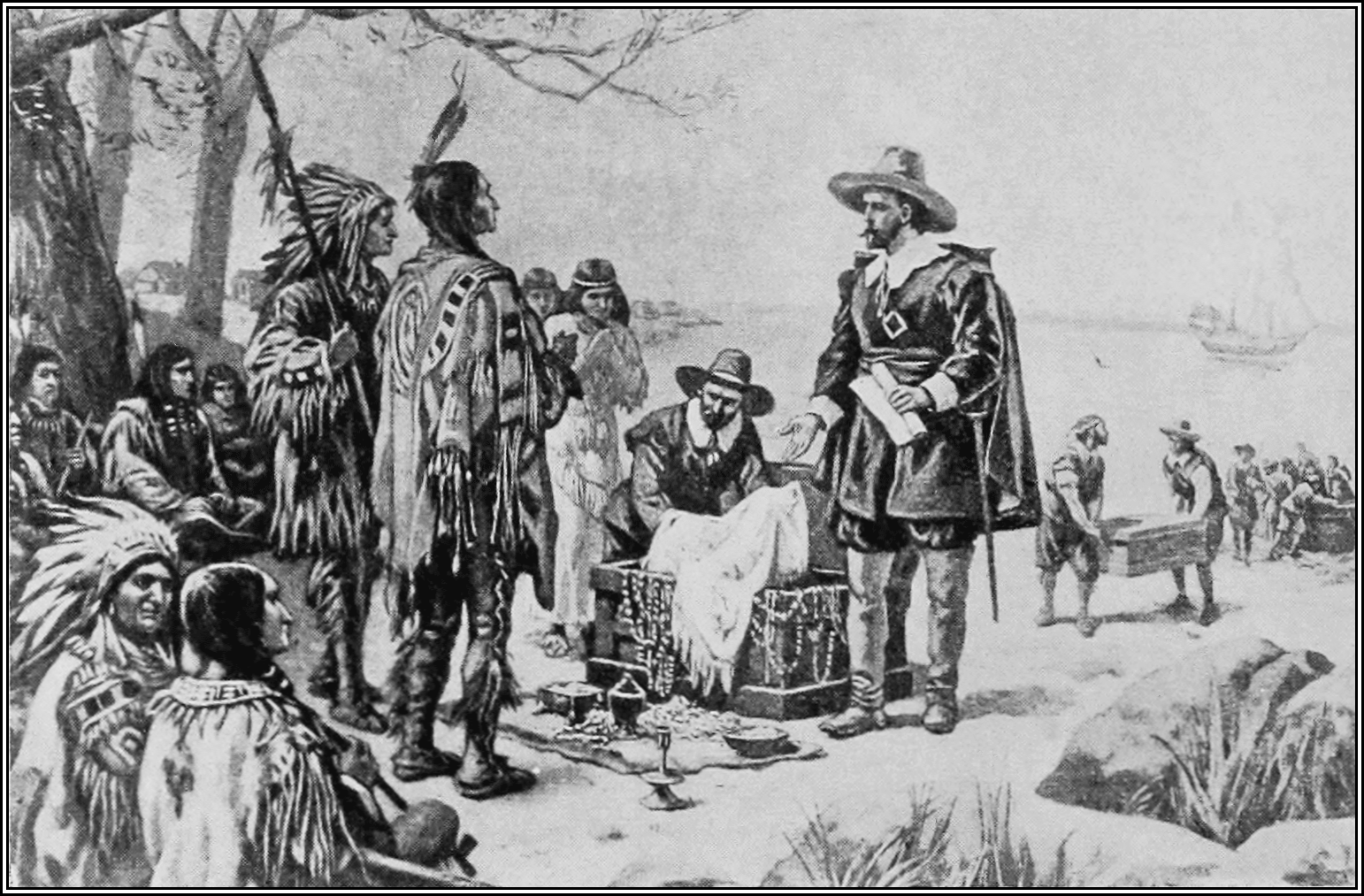|
Henri De Talleyrand-Périgord, Comte De Chalais
Henri de Talleyrand-Périgord, comte de Chalais (1599–1626) was a favorite of Louis XIII of France. He was born in 1599 as son to Daniel de Talleyrand-Périgord, Prince de Chalais and Françoise de Montluc, daughter of Maréchal de Montluc. He started to serve in the military early in his life. He was at the Siege of Montauban in 1621. He became Head of the King's Wardrobe to King Louis XIII. He married Charlotte de Castille and fought and killed her lover in a duel. He was accused of conspiracy against Richelieu, arrested at Nantes, and beheaded Decapitation is the total separation of the head from the body. Such an injury is invariably fatal to humans and all vertebrate animals, since it deprives the brain of oxygenated blood by way of severing through the jugular vein and common c ... by an unskilled axeman who took over 30 blows to sever the head. See also * Chalais conspiracy References External links Biography 1599 births 1626 deaths Henri Henri De T ... [...More Info...] [...Related Items...] OR: [Wikipedia] [Google] [Baidu] |
Louis XIII Of France
Louis XIII (; sometimes called the Just; 27 September 1601 – 14 May 1643) was King of France from 1610 until his death in 1643 and King of Navarre (as Louis II) from 1610 to 1620, when the crown of Navarre was merged with the French crown. Shortly before his ninth birthday, Louis became king of France and Navarre after his father Henry IV of France, Henry IV was assassinated. His mother, Marie de' Medici, acted as regent during his minority. Mismanagement of the kingdom and ceaseless political intrigues by Marie and her Italian favourites led the young king to take power in 1617 by exiling his mother and executing her followers, including Concino Concini, the most influential Italian at the French court. Louis XIII, taciturn and suspicious, relied heavily on his chief ministers, first Charles d'Albert, duc de Luynes and then Cardinal Richelieu, to govern the Kingdom of France. The King and the Cardinal are remembered for establishing the ''Académie française'', and ending ... [...More Info...] [...Related Items...] OR: [Wikipedia] [Google] [Baidu] |
Blaise De Lasseran-Massencôme, Seigneur De Montluc
Blaise de Monluc, also known as Blaise de Lasseran-Massencôme, seigneur de Monluc, (24 July 1577) was a professional soldier whose career began in 1521 and reached the rank of marshal of France in 1574. Written between 1570 and 1576, an account of his life titled ''Commentaires de Messire Blaise de Monluc'' was published in 1592, and remains an important historical source for 16th century warfare. Born into a family of impoverished Duchy of Gascony, Gascon nobility, he rose to prominence during the Italian Wars and was appointed Lieutenant-General of Guyenne in January 1562, shortly before the outbreak of the French Wars of Religion. Fighting for the French crown, he soon gained a reputation as a brutal but effective commander, winning the critical Battle of Vergt in 1562. He was badly injured in July 1570 and dismissed for alleged corruption soon after, dying at home in Estillac on 24 July 1577. Life and background Blaise de Monluc was born between 1500 and 1502 in Saint-Puy, e ... [...More Info...] [...Related Items...] OR: [Wikipedia] [Google] [Baidu] |
Siege Of Montauban
The siege of Montauban (French: siège de Montauban) was a siege conducted by the young French king Louis XIII from August to November 1621, against the Protestant stronghold of Montauban. This siege followed the siege of Saint-Jean-d'Angély, in which Louis XIII had succeeded against Rohan's brother Benjamin de Rohan, duc de Soubise. Despite a strength of about 25,000 men, Louis XIII was unable to capture the city of Montauban, and he had to raise the siege and abandon it after 2 months. After a lull, Louis XIII resumed his campaign with the siege of Montpellier, which ended in stalemate, leading to the 1622 Peace of Montpellier, which temporarily confirmed the right of the Huguenots in France. The city would be finally captured in 1629, in the Redition of Montauban. See also * French Wars of Religion * Huguenot rebellions Notes {{DEFAULTSORT:Siege Of Montauban 1621 in France Montauban, Siege of Conflicts in 1621 Montauban Montauban (, ; ) is a commune in the ... [...More Info...] [...Related Items...] OR: [Wikipedia] [Google] [Baidu] |
Cardinal Richelieu
Armand Jean du Plessis, 1st Duke of Richelieu (9 September 1585 – 4 December 1642), commonly known as Cardinal Richelieu, was a Catholic Church in France, French Catholic prelate and statesman who had an outsized influence in civil and religious affairs. He became known as the Red Eminence (), a term derived from the style of Eminence (style), Eminence applied to Cardinal (Catholic Church), cardinals and their customary red robes. Consecrated a bishop in 1607, Richelieu was appointed Secretary of State for Foreign Affairs (France), Foreign Secretary in 1616. He continued to rise through the hierarchy of both the Catholic Church and the French government, becoming a Cardinal (Catholic Church), cardinal in 1622 and Chief minister of France, chief minister to King Louis XIII, Louis XIII of France in 1624. He retained that office until his death in 1642, when he was succeeded by Cardinal Cardinal Mazarin, Jules Mazarin, whose career the cardinal had fostered. Richelieu became enga ... [...More Info...] [...Related Items...] OR: [Wikipedia] [Google] [Baidu] |
Nantes
Nantes (, ; ; or ; ) is a city in the Loire-Atlantique department of France on the Loire, from the Atlantic Ocean, Atlantic coast. The city is the List of communes in France with over 20,000 inhabitants, sixth largest in France, with a population of 320,732 in Nantes proper and a metropolitan area of nearly 1 million inhabitants (2020). With Saint-Nazaire, a seaport on the Loire estuary, Nantes forms one of the main north-western French metropolitan agglomerations. It is the administrative seat of the Loire-Atlantique Departments of France, department and the Pays de la Loire Regions of France, region, one of 18 regions of France. Nantes belongs historically and culturally to Brittany, a former Duchy of Brittany, duchy and Province of Brittany, province, and Reunification of Brittany, its omission from the modern administrative region of Brittany is controversial. Nantes was identified during classical antiquity as a port on the Loire. It was the seat of a bishopric at the ... [...More Info...] [...Related Items...] OR: [Wikipedia] [Google] [Baidu] |
Decapitation
Decapitation is the total separation of the head from the body. Such an injury is invariably fatal to humans and all vertebrate animals, since it deprives the brain of oxygenated blood by way of severing through the jugular vein and common carotid artery, while all other organs are deprived of the autonomic nervous system, involuntary functions that are needed for the body to function. The term beheading refers to the act of deliberately decapitating a person, either as a means of murder or as an capital punishment, execution; it may be performed with an axe, sword, or knife, or by mechanical means such as a guillotine. An executioner who carries out executions by beheading is sometimes called a headsman. Accidental decapitation can be the result of an explosion, a car or industrial accident, improperly administered execution by hanging or other violent injury. The national laws of Saudi Arabia and Yemen permit beheading. Under Sharia in Nigeria, Sharia, which exclusively appl ... [...More Info...] [...Related Items...] OR: [Wikipedia] [Google] [Baidu] |
Chalais Conspiracy
The Chalais conspiracy was a 1626 conspiracy in France directed against Cardinal Richelieu, Louis XIII's chief minister. It was the first, but not the last conspiracy of the nobility against the minister. The conspiracy is named after Henri de Talleyrand-Périgord, comte de Chalais, who confessed it to the king and the cardinal and was later executed for his part in it. Background Louis XIII and Richelieu were planning a marriage for Gaston, Duke of Orléans, the king’s younger brother. As Louis and his Queen Anne of Austria were childless, Gaston was the only heir to the throne. Their choice fell on Marie de Bourbon, Duchess of Montpensier. Gaston, encouraged by his governor Jean-Baptiste d'Ornano, did not want to marry this rich heiress, and a party of "aversion to marriage" gathered around him. D'Ornano had already been imprisoned based on false accusations by Charles de La Vieuville, Superintendent of Finances; although released and named Marshal of France, his resentment p ... [...More Info...] [...Related Items...] OR: [Wikipedia] [Google] [Baidu] |
1599 Births
__NOTOC__ Events January–March * January 8 – The Jesuit educational plan, known as the ''Ratio Studiorum'', is issued. * January 22 – The Acoma Massacre begins in what is now northern New Mexico in the U.S., as Santa Fe de Nuevo Mexico viceroy Juan de Oñate leads 70 armed Spanish soldiers against the indigenous Keres people at Aak'u (the Acoma Pueblo) near what is now Albuquerque, New Mexico. In three days, 500 Acoma men and 300 women and children are killed by the Spanish. * February 20 – On Shrove Tuesday, the earliest known performance of William Shakespeare's play ''As You Like It'' is given, presented at Richmond Park for Queen Elizabeth. * February 21 **At Southwark, near London on the south bank of the River Thames, the land upon which the Globe Theatre will be built is leased by Nicholas Brend to a team of investors led by William Shakespeare, Thomas Pope, actors Cuthbert and Richard Burbage, and three others. **Lorenzo Sauli becomes the new Doge of ... [...More Info...] [...Related Items...] OR: [Wikipedia] [Google] [Baidu] |
1626 Deaths
Events January–March * January 7 – Polish-Swedish War: Battle of Wallhof in Latvia – Gustavus Adolphus, King of Sweden, defeats a Polish army. * January 9 – Peter Minuit sails from Texel Island for America's New Netherland colony, with two ships of Dutch emigrants. * February 2 – King Charles I of England is crowned, but without his wife, Henrietta Maria, who declines to participate in a non-Catholic ceremony. * February 5 – The Huguenot rebels and the French government sign the Treaty of Paris, ending the second Huguenot rebellion. * February 10 – Battle of Ningyuan: In Xingcheng in China, after an 8-day battle, Ming dynasty commander Yuan Chonghuan defeats the much larger force of Manchu leader Nurhaci, who dies soon after and is succeeded by Huang Taiji. * February 11 – Emperor Susenyos of Ethiopia and Patriarch Afonso Mendes declare the primacy of the Roman See over the Ethiopian Church, and Roman Catholicism ... [...More Info...] [...Related Items...] OR: [Wikipedia] [Google] [Baidu] |
House Of Talleyrand-Périgord
The House of Talleyrand-Périgord () is an ancient French nobility, French noble house. A well-known member of this family was Charles Maurice de Talleyrand-Périgord (1754–1838), who achieved distinction as a French statesman and diplomat. The family name became extinct in 2003 upon the death of Hélie de Talleyrand-Périgord, Duke of Sagan#Personal life, Violette de Talleyrand-Périgord. Origins A cadet branch of the family of sovereign counts of Périgord, they took their name from the estate of Périgord owned by these counts, and date back to Boso I, Count of la Marche. The first to have borne this name was Hélie de Talleyrand, who lived around 1100. Their motto was ''"Re que Diou"'' (an Old French dialectal form for "Nothing But God"): their ancestor was one of the great men of the kingdom of France, and participated in the election of Hugh Capet as King of France. An anecdote reports that Capet asked Boson "Mais qui donc t'as fait comte?" ("But who then made you a coun ... [...More Info...] [...Related Items...] OR: [Wikipedia] [Google] [Baidu] |
Counts Of Chalais
Count (feminine: countess) is a historical title of nobility in certain European countries, varying in relative status, generally of middling rank in the hierarchy of nobility. Pine, L. G. ''Titles: How the King Became His Majesty''. New York: Barnes & Noble, 1992. p. 73. . Especially in earlier medieval periods the term often implied not only a certain status, but also that the ''count'' had specific responsibilities or offices. The etymologically related English term "county" denoted the territories associated with some countships, but not all. The title of ''count'' is typically not used in England or English-speaking countries, and the term ''earl'' is used instead. A female holder of the title is still referred to as a ''countess'', however. Origin of the term The word ''count'' came into English from the French ', itself from Latin '—in its accusative form ''comitem''. It meant "companion" or "attendant", and as a title it indicated that someone was delegated to re ... [...More Info...] [...Related Items...] OR: [Wikipedia] [Google] [Baidu] |








